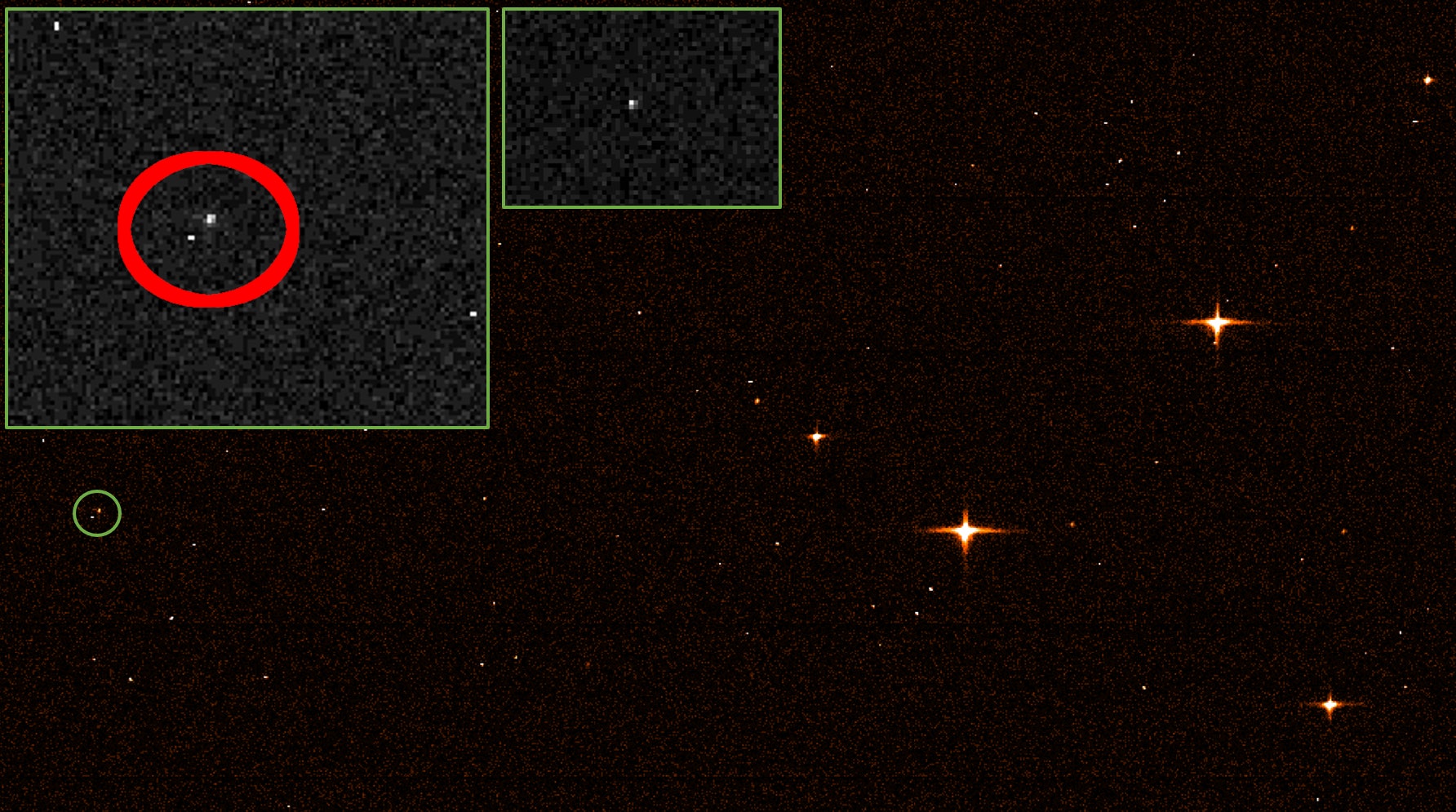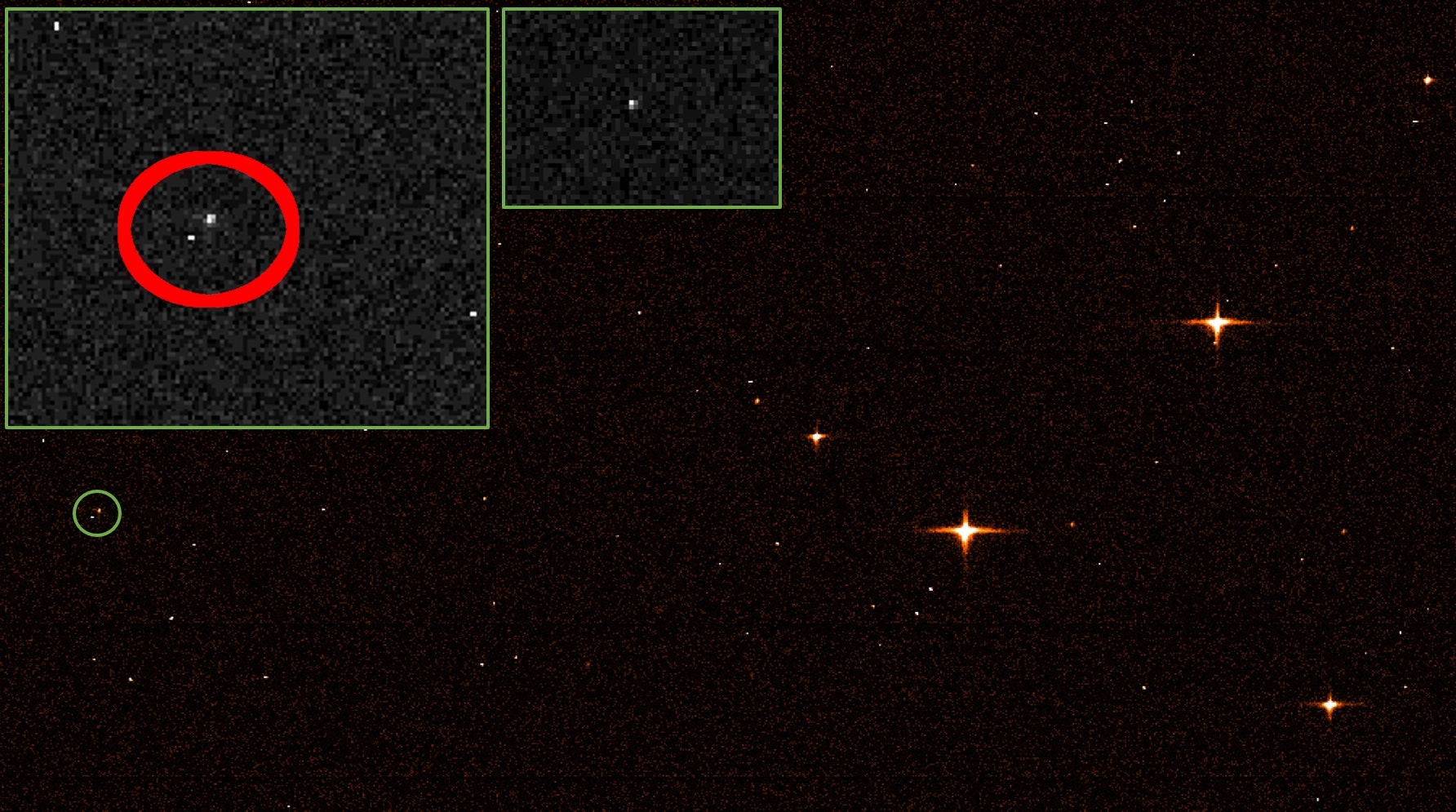
The James Webb Space Telescope has been captured in space, thanks to a camera located over 600,000 miles away.
On Wednesday, the European Space Agency released an image that showed the James Webb Space Telescope asphotographed by the European Space Agency’s Gaia observatory. Both spacecraft are located at the second Lagrange point (known as L2), approximately a million miles from Earth away from the Sun.
The image provides a rare glimpse of the giant telescope’s position in space. The $10 billion James Webb Space Telescope, which launched on December 25, 2021, is three times bigger than the Hubble Space Telescope that launched in 1990.
Central to its operations is a 21-foot, four-inch-thick set of 18 mirrors coated in gold. It’s designed to be able to observe around one-third of the sky at any given time.
That means it could provide humanity’s best glimpse into the depths of space so far.

The image was captured using the European Space Agency’s Gaia telescope, which is designed to take measurements of celestial objects rather than the pictures produced by the likes of James Webb. This is in an effort to precisely pinpoint the locations of stars in the Milky Way in relation to Earth. It takes a 360-degree strip of measurements around every six hours.
Although Gaia isn’t designed for photos, the agency can get Gaia to save its images when necessary.
The agency put this to use on February 18, when it realized that Gaia would have an opportunity to spot James Webb. Francois Mignard of Nice Observatory sent an email with the subject line “JWST: Got it!!” to mark the feat.
It wasn’t until a few days later when Uli Bastian of Heidelberg University confirmed that two dots on the image were indeed the target telescope — a feat made even harder as Gaia found little reflected sunshine off of James Webb.
Gaia and James Webb: Locked in L2
Gaia was launched in December 2013. In 2018, the agency announced that Gaia had already produced precise measurements of almost 1.7 billion stars.
The two telescopes both orbit at the second Lagrange point. This is where gravitational forces are stable, and this specific point enables the telescopes to face away from the Sun to protect its sensitive instruments.
The Gaia telescope orbits in a Lissajous orbit, which means it creates a unique rising-and-falling shape with its orbit. The James Webb Space Telescope orbits in a more straightforward halo orbit.

The news comes in the same week that NASA released an image from James Webb of a star called 2MASS J17554042+6551277. The feat demonstrated the telescope after its 21-foot mirror had been fully aligned.
Thomas Zurbuchen, associate administrator for NASA’s Science Mission Directorate, declared that the optics will indeed perform as expected or even better. He added: “This is one of the most magnificent days in my whole career at NASA.”
As James Webb looks ahead to its coming five years in space, there may be more magnificent days to come. Scientists have suggested the telescope could be used to seek out alien life forms based on the biosignatures of planets orbiting other stars.







